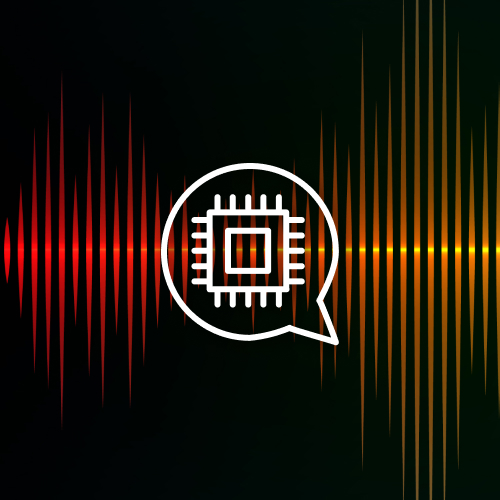As a Product Manager at Druva, I'm always excited to explore new ideas and technologies that can improve our products and make our customers' lives easier. Recently, our team participated in a hackathon organized by Druva, where we worked on a project focused on conversational user interfaces (UIs). Druva has been organizing 24-hour hackathons every year and 90+ teams participated in this year’s event. These hackathons are the cornerstone of Druva’s continued success in devising innovative, smarter, and more efficient ways to solve problems. They bear testament to how the brilliant minds at Druva push the boundaries of excellence, think creatively, and innovate in ways never thought possible.
Our Hackathon Project: Druva Virtual Assistant
Team Members: Jigar Modi, Santosh Padwal, Shahrukh Ozair, Parth Aaranke & Jude Daniel
For this year’s hackathon project, we decided to focus on the backup and recovery features of our product. We wanted to create a conversational UI that would allow users to easily manage their backups and recoveries using natural language.
The result of our hackathon was the Conversational Backup Assistant or as we like to call it “Druva Virtual Assistant." This chatbot would be integrated into our product, and users could interact with it using natural language. Here are a few examples of how the Conversational Backup Assistant could be used:
Trigger a Backup
Users could ask the chatbot to initiate a backup of a specific VM or file server. The chatbot would confirm the request and provide updates on the progress of the backup.
Restore
Users could ask the chatbot to retrieve a specific file, folder, or an entire VM from a previous backup. The chatbot would provide options for selecting the backup, and then initiate the recovery process.
View Backup Status
Users could ask the chatbot for updates on the status of their backup jobs. The chatbot could provide information on the progress of the backups and any errors or warnings that have occurred.
Backup Configuration
Users could ask the chatbot to modify their backup settings, such as the frequency of backups, retention period, or the files and folders included in the backup.




